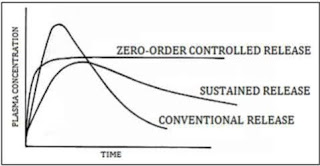Challenges in new-product development and Several factors tend to hinder new-product development.
Companies that fail to develop new products are putting themselves at great risk. Their existing products are vulnerable to changing customer needs and tastes, new technologies, shortened product life cycles, and increased domestic and foreign competition. New technologies are especially threatening. Most established companies focus on incremental innovation. Newer companies create disruptive technologies that are cheaper and more likely to alter the competitive space. Established companies are slow to react or invest in these disruptive technologies because they threaten their investment. Then they suddenly find themselves facing formidable new competitors, and many fail. At the same time, new product development is risky.
Several factors tend to hinder new-product development:
1. Shortage of important ideas in certain areas: There may be a few ways left to improve some basic products (such as steel, and detergents).
2. Fragmented markets: Companies have to aim their new products at smaller market segments, and this can mean lower sales and profits for each product.
3. Social and governmental constraints: New products have to satisfy consumer safety and environmental concerns.
4. Cost of development: A company typically has to generate many ideas to find just one worthy of development, often facing high R&D, manufacturing, and marketing costs.
5. Capital shortages: Some companies with good ideas cannot raise the funds needed to research and launch them.
6. Faster required development time: Need for faster development through advanced techniques and collaborative teams.
Shorter product life cycles: Competitors rapidly imitate successful products, reducing the time for returns on investment



Comments
Post a Comment
Thanks